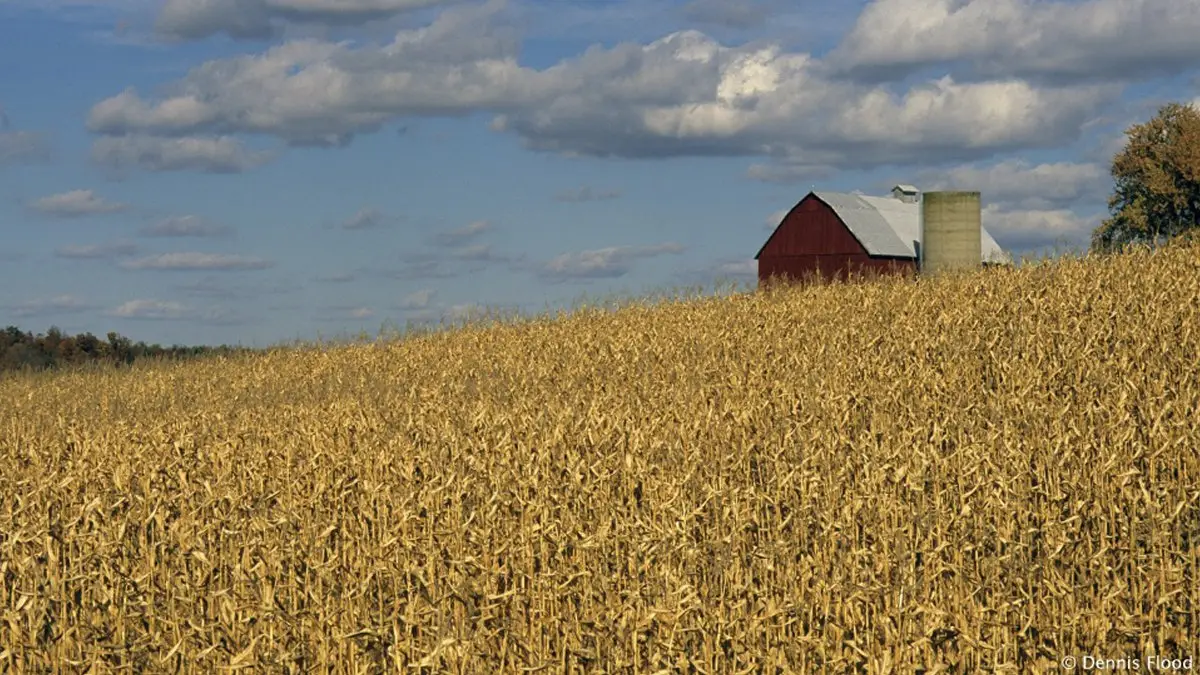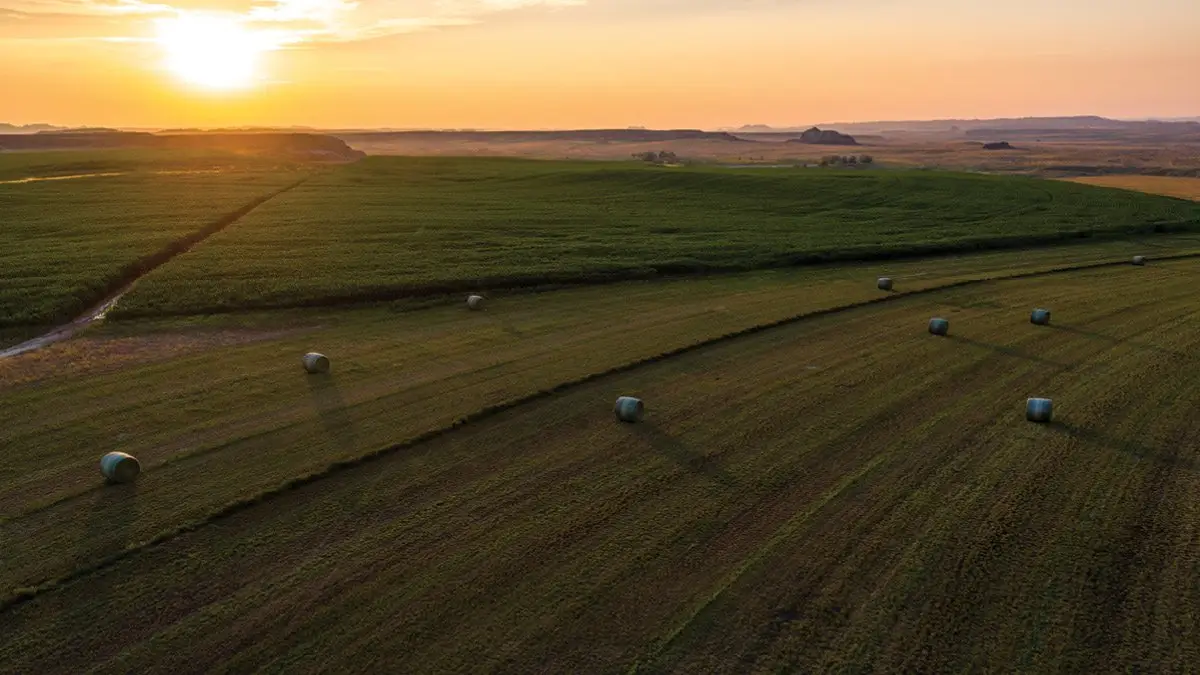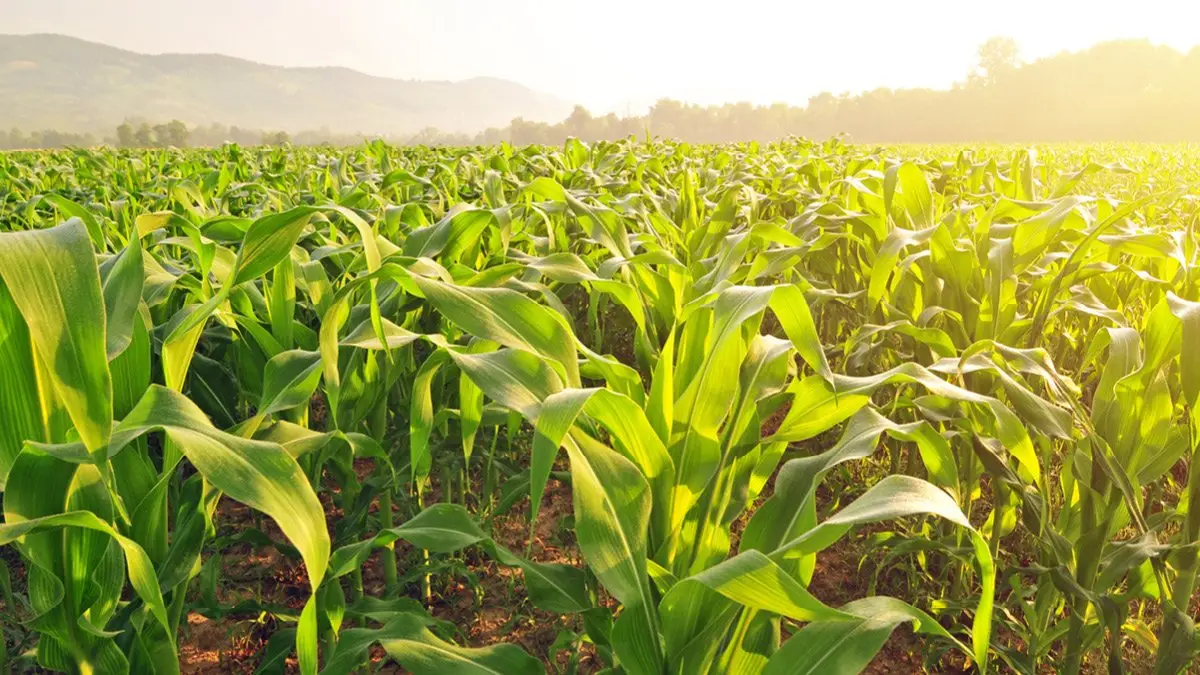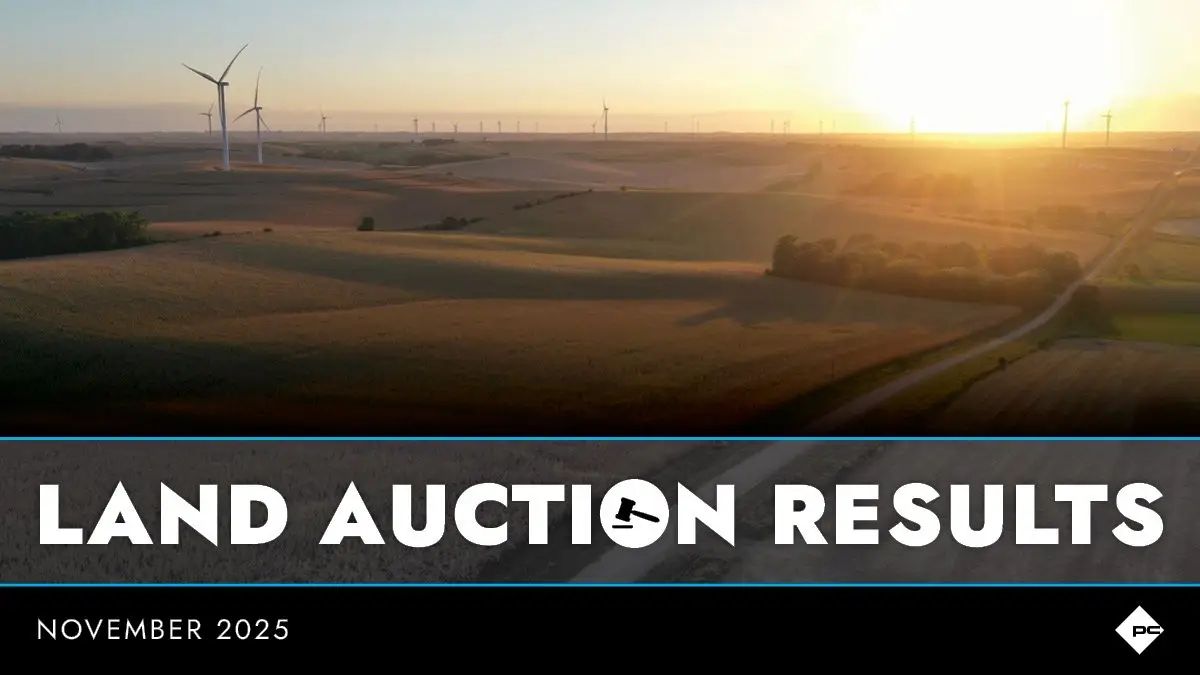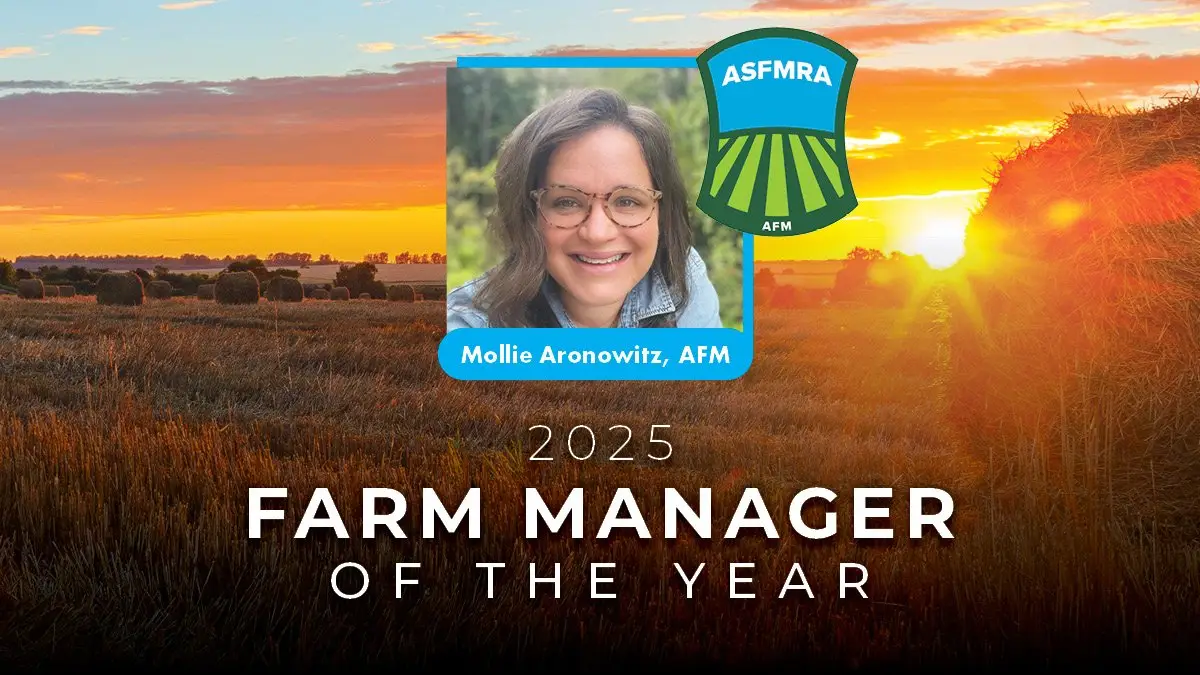Back to the Future - March 2026 begins now
Each year, we prepare reports and watch as a crop is planted, nurtured, and harvested. But have you ever wondered how that process truly comes together? Long before any seed touches the soil, months of planning and analysis take place behind the scenes. In fact, many of the key decisions for next year’s crop are made at least six months in advance. Below is a look at some of the essential steps that shape each new growing season.
October: Reflecting and Analyzing
October marks the beginning of the planning cycle as we collect and analyze harvest results. This includes grain settlements, harvest data, and tenant input reports. While it’s a time for reflection, it’s equally important to look ahead- historical data and future decisions go hand in hand.
Modern technology allows us to gather vast amounts of data from equipment in the field. That information can be imported, analyzed, and used to identify drainage improvements, pinpoint high- and low-yield areas, guide fertilizer applications, and develop variable-rate planting maps for the upcoming year. Artificial intelligence is increasingly embedded in the software we use, helping to process “big data” in the background and support more precise, informed decision-making.
November: Collaboration and Strategic Planning
In November, planning accelerates. Tenant meetings provide an opportunity to discuss each field in detail — What did they see during harvest that was not apparent during our spring and summer farm visits? What worked this year, what challenges arose, and what improvements can be made in the future. Together, we evaluate drainage performance, fertilizer applications, herbicide effectiveness, seed performance, and any new technologies that were implemented.
This is a time for land managers to ask questions, listen carefully, and strengthen partnerships with our trusted farm operators. These conversations form the foundation for continual improvement and shared success.
During this phase, many key decisions for the next crop year are made:
Which corn and soybean genetics will be planted?
Are there new technologies worth adopting?
How can we enhance efficiency?
Should we adjust application timing or crop protection strategies?
Is there an opportunity to incorporate conservation programs such as CRP or cover crops?
Answering these questions now allows us to prepare accurate budgets, secure early-purchase discounts, and finalize crop rotations and maturities.
December: Financial Review and Forward Planning
December is one of the busiest months for land managers. All financial data must be collected and reviewed before year-end to guide decisions about prepaid expenses and income timing. Working with our client’s tax professionals can help with these year-end decisions. Maintaining budget discipline is essential — not only for operational success but also because many clients’ personal financial decisions are closely tied to farm performance.
This is also the time when we begin drafting next year’s business plans. While December often focuses on closing out the year, it also marks the beginning of the next planning cycle — ensuring we enter the new year with clarity and direction.
Looking Ahead
Fans of Back to the Future will recall Dr. Brown’s caution about altering the past. In land management, however, that exactly what we want to do – look ahead so that 6 months from now, what we did in the past (today) improved the future.
Our success depends on collaboration with our farm operators, who implement these plans in the field, and with our clients, whose goals guide every decision we make. Together, we strive to move forward, year after year, with a shared vision of improvement and long-term success.
Every year, it’s time to go Back to the Future!
